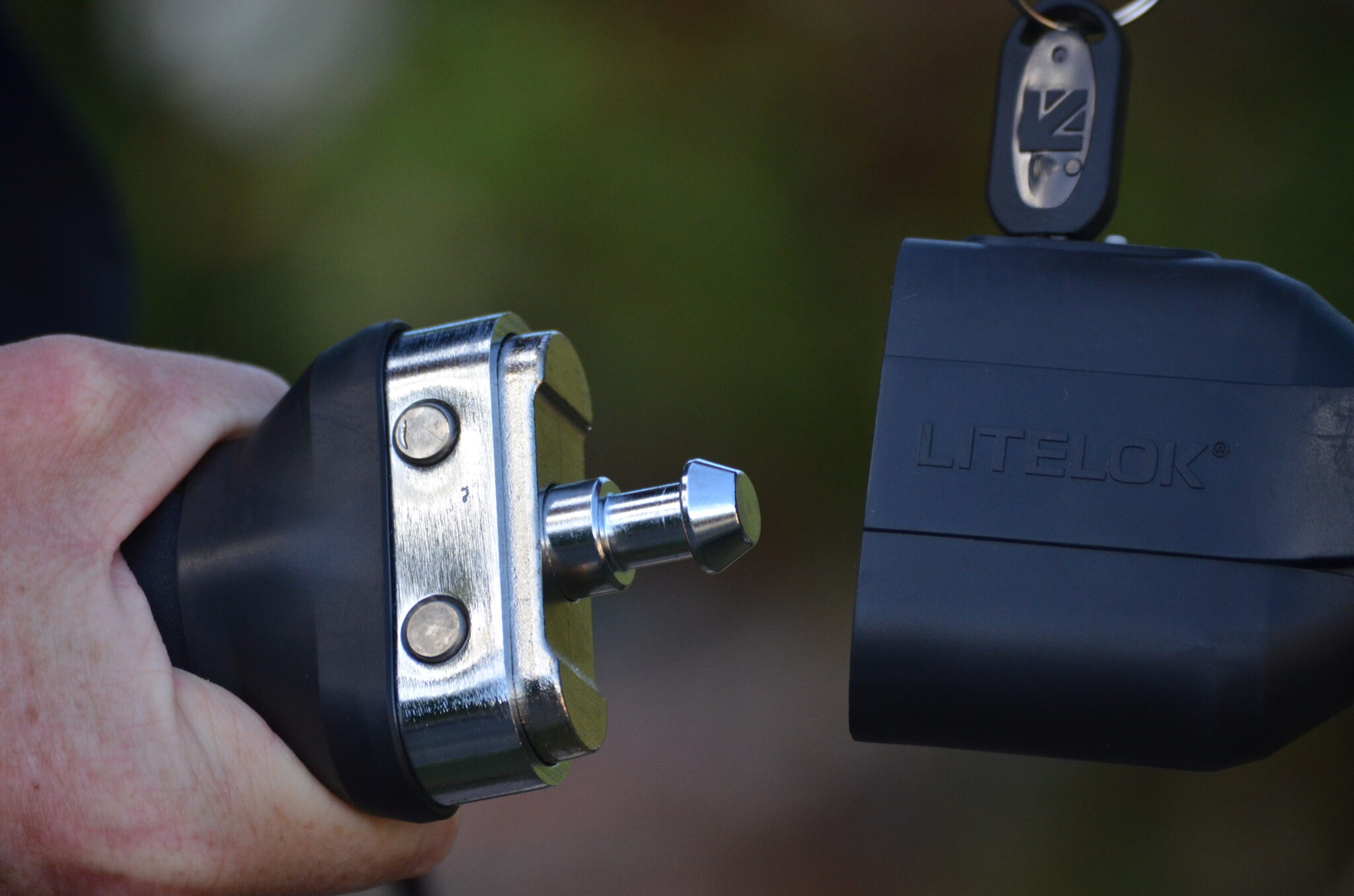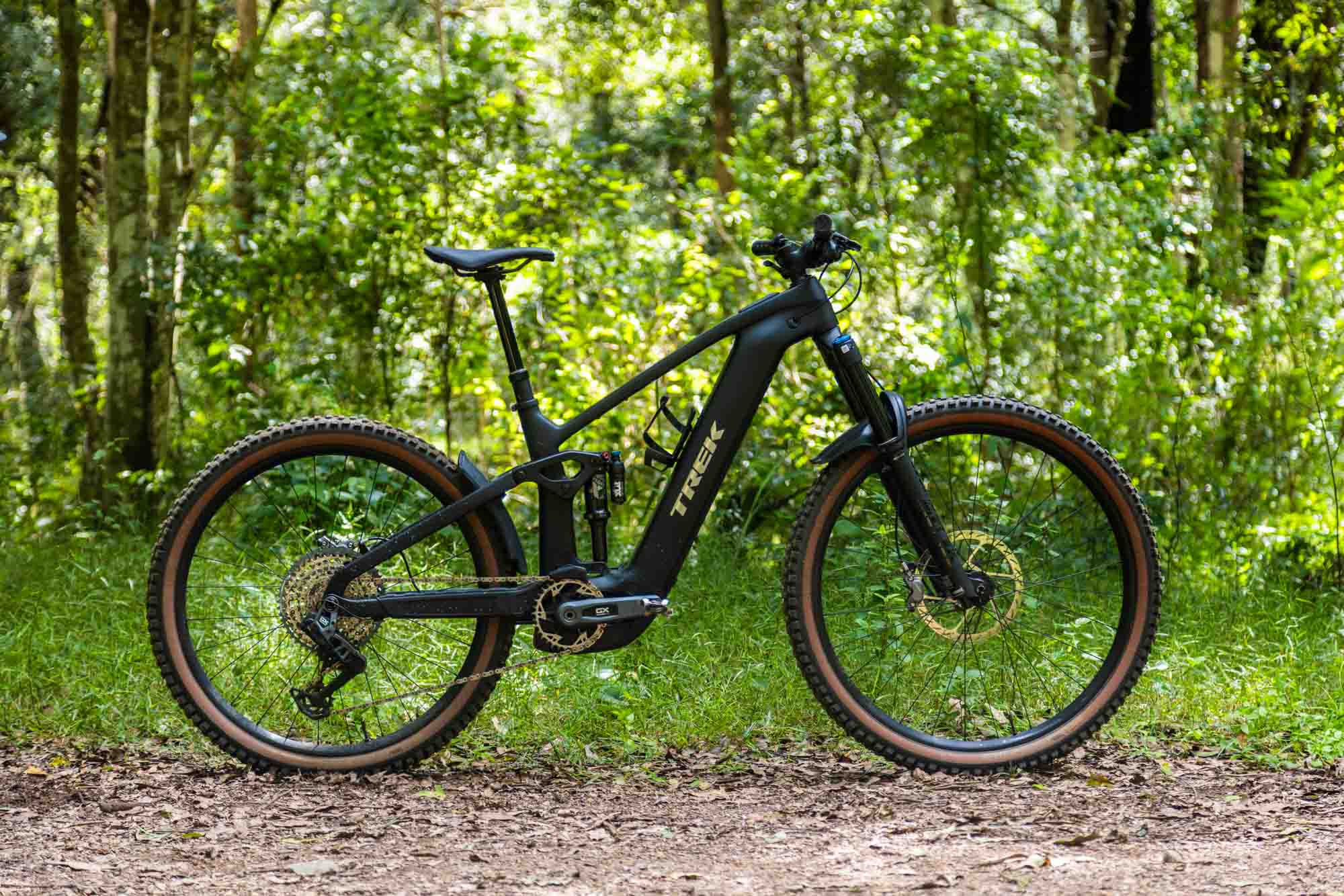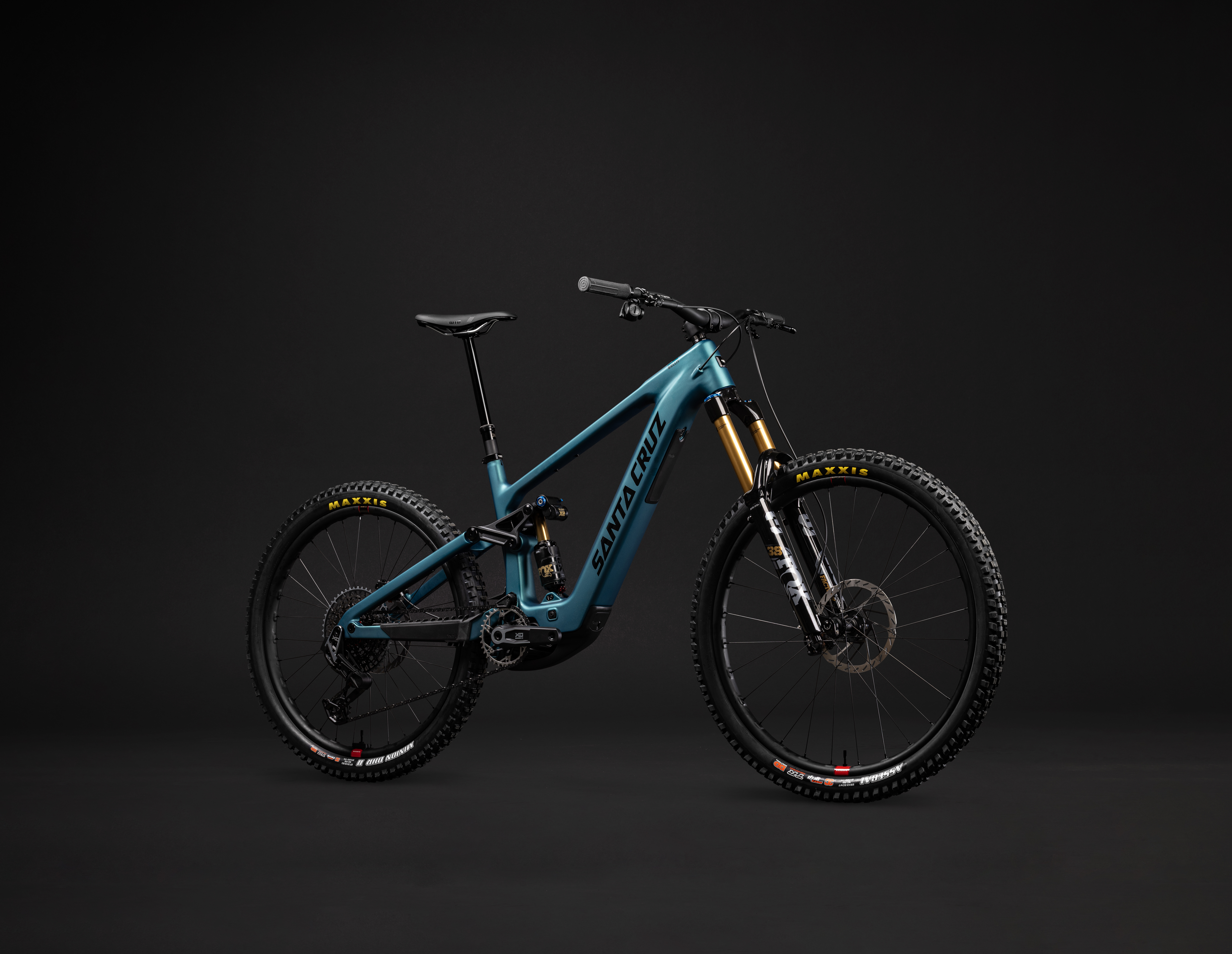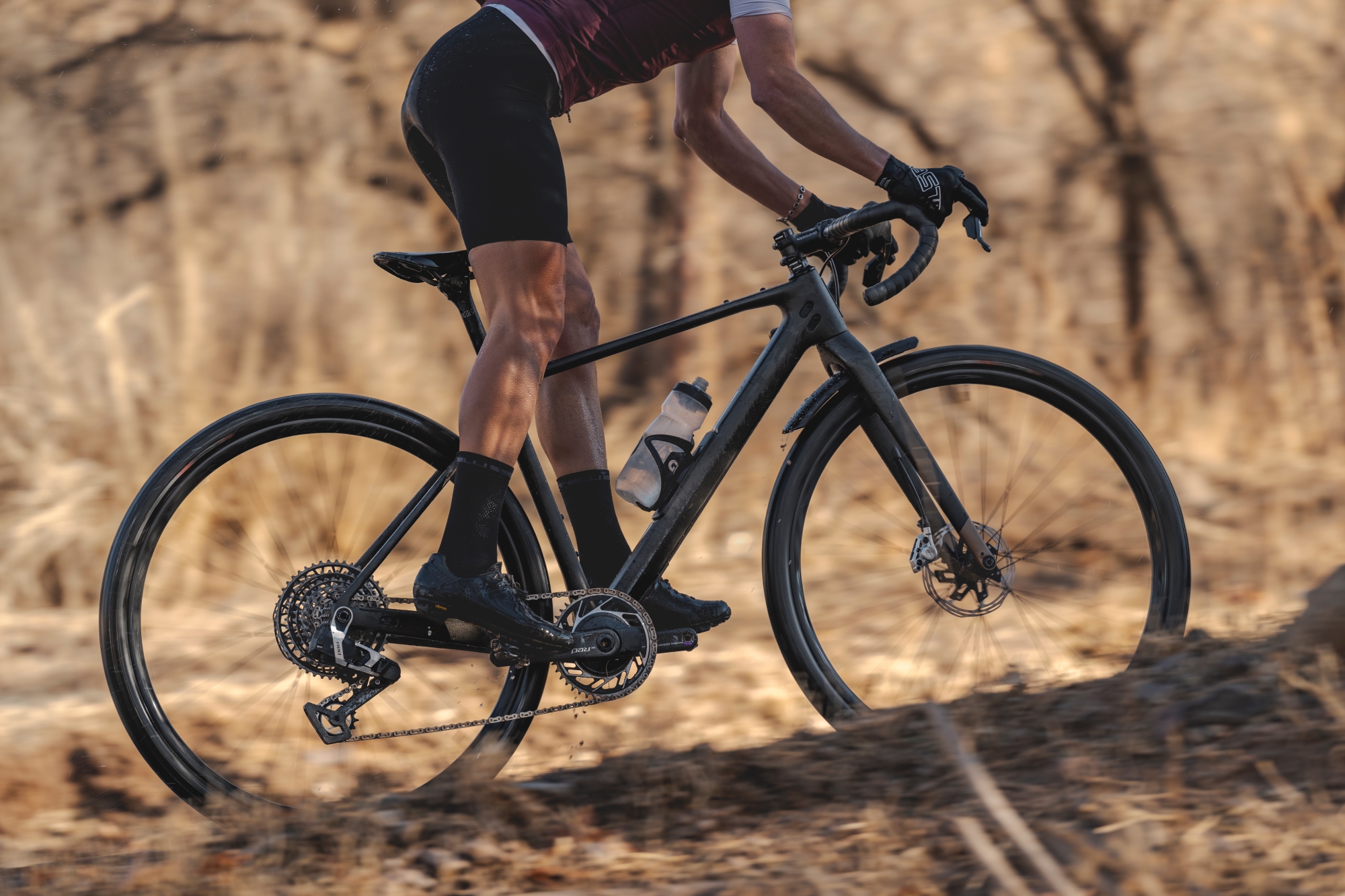Lazer Blade vs Lazer Z1
The Lazer Blade is said to share DNA with the top-shelf Z1. But just how true is that?
Lazer have been expanding their helmet range of late, including bringing out the new Impala (below) and Coyote helmets for trail and all-mountain riding. Watch this space for a review on those as they have just been perched on some heads for review.
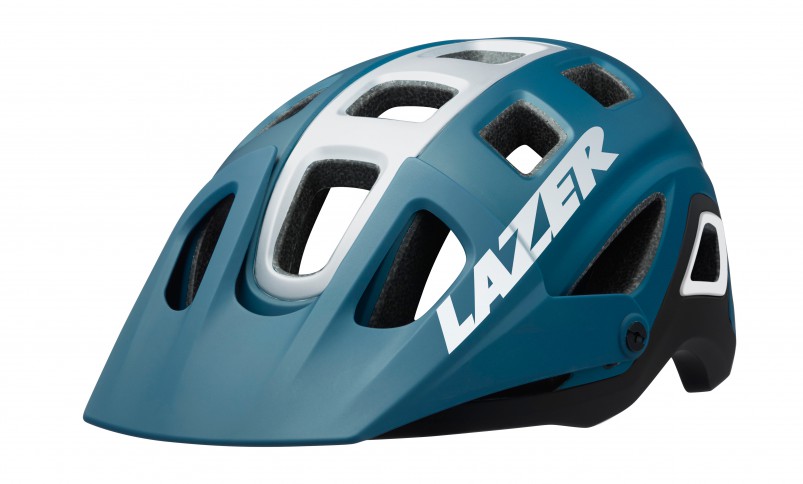
But as the entry numbers for events like Port to Port and Cape to Cape show – plenty of us still ride cross-country trails and our need for a light and well-ventilated helmet is not going to change. A standard helmet that many choose for regular cross-country (or, light trail?) riding will eschew a visor, and focus on ventilation. Yes, it might be lighter as well. But really it's ventilation that is typically what most riders chase. Some prefer a visor, some don't. I used a helmet with a visor again all through 2014, and it was great for wet races and to act like a bash guard in events and on trails where there is lots of overhanging branches. But in general it does obstruct your view a little.
I have been using a Lazer Z1 since 2016, and the well-ventilated helmet is my choice for a couple of reasons. It's not too heavy at a pinch under 300g in medium, it comes in 3 sizes so getting a good fit isn't hard, I can use the retention system in full-finger gloves, the pads are easily replaceable, and it fits my head.
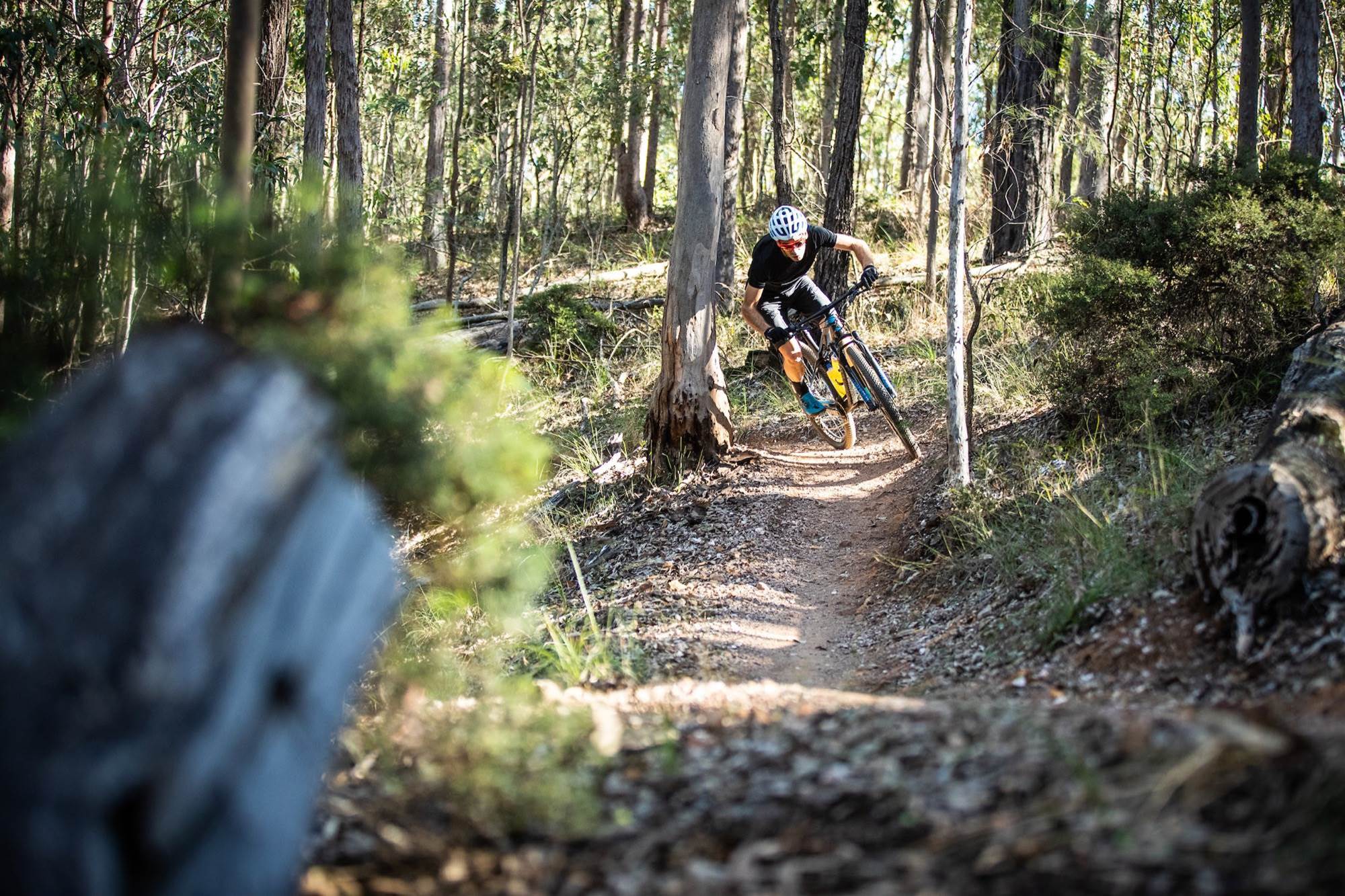
That last point is a big one. Not every helmet will fit every head. Some head shapes just suit some helmets – and that's why buying a helmet from your local shop and having it fitted properly (which isn't loose and comfortable) is such a big deal for helmet safety. More coverage, MIPS, WaveCel etc doesn't do anything if your helmet will blow off in a stiff wind.
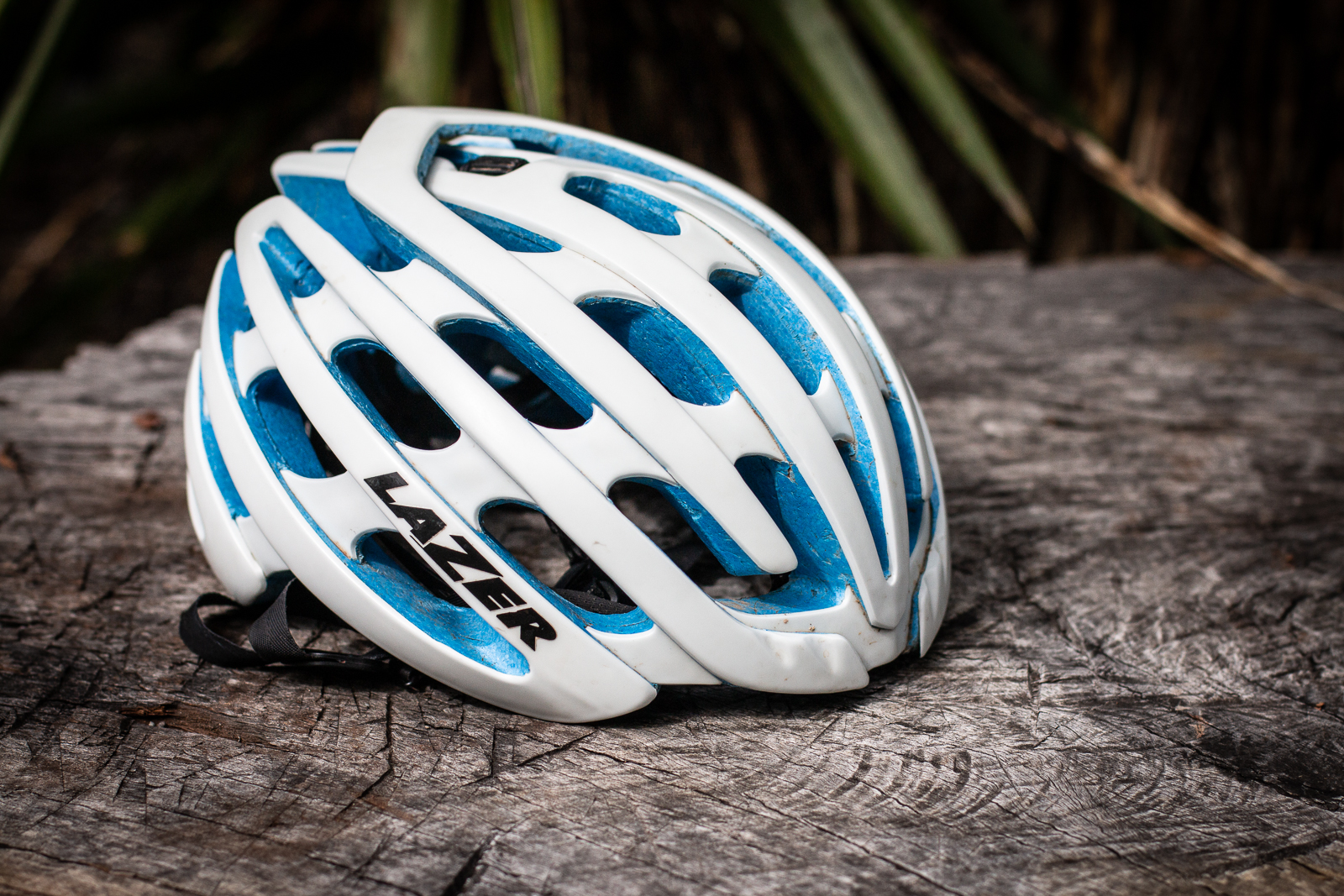
The Lazer Z1 I use has 31 vents (I counted to check as that's quite a lot) and uses Lazer's Advanced Rollsys retention system. It is operated by a dial on the top of the helmet, which tightens or loosens a band on the inside of the helmet. It allows very fine adjustment, and is a perfect way to make your helmet fit no matter how good or bad your recent haircut is. As Lazer is a Belgian brand, the retention system is also pony-tail compatible, which if you have been to Belgium, you know is really important for mass-market appeal. Jokes aside, it's a feature that is inclusive and gives an exceptional range of adjustment. The medium fits me really well, I've crashed and broken one and had no ill effects – it did it's job. It is really well ventilated, has an Aeroshell if I want #aerogains or to keep the rain out, and can fit Lazer's arm-less glasses via magnets, an LED light on the back for safety and there's even a tiny lock to use to make your helmet a bike lock at the cafe or pub!
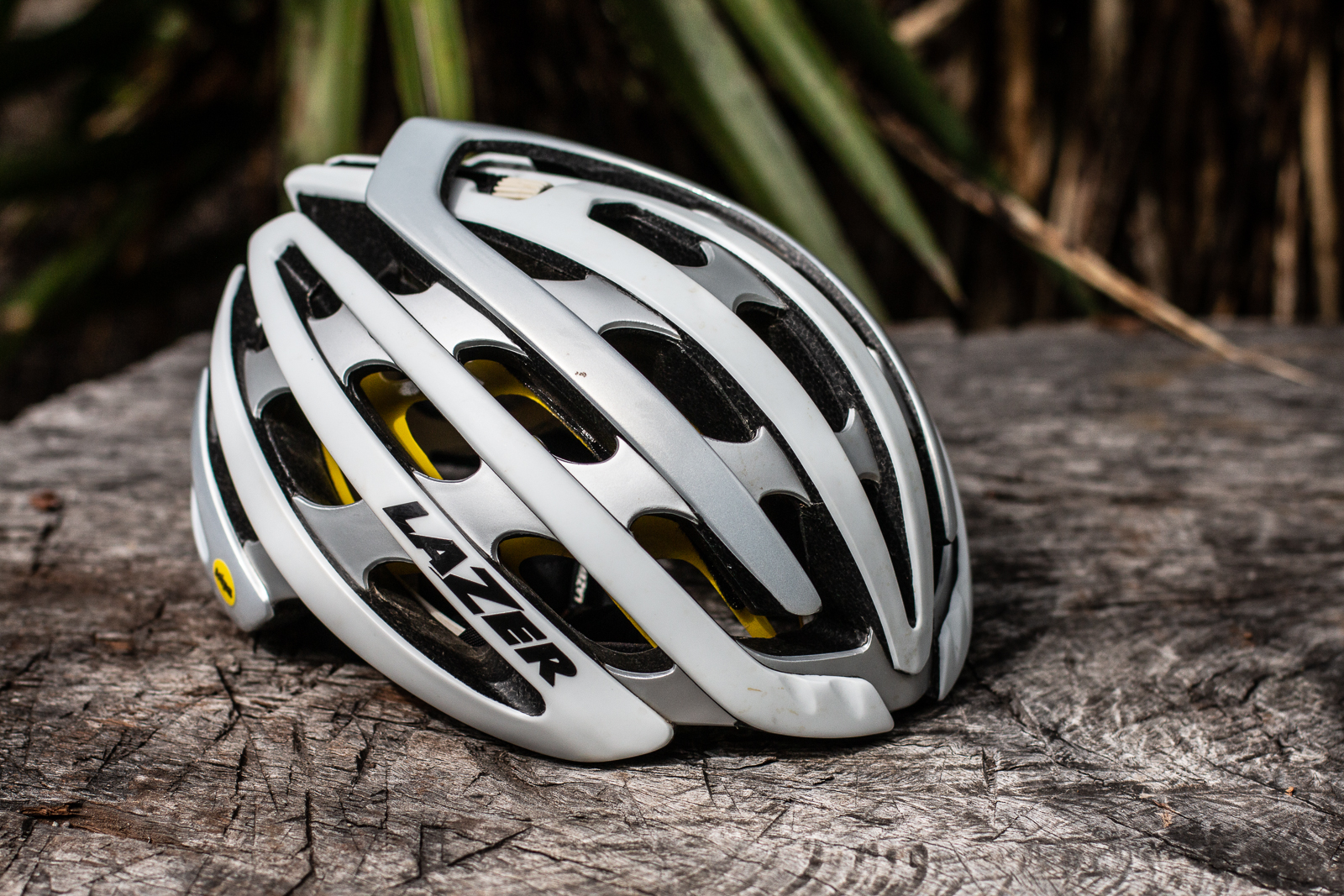
The downside? The Lazer Z1 is $259, or $279 if you go for the MIPS version. While some won't question spending on their safety, when helmets can be a quarter of that price or less you do need to consider what you're paying for.
The Lazer Blade is a light helmet with 22 vents and the same retention system as the Z1, and it sells for $129, or $159 for the MIPS version. The straps don't use the same fine material and the ends aren't embedded into the EPS foam in the same way. The vents on the Lazer Blade are large but the coverage isn't quite the same – it's not as well-ventilated but to be honest not many helmets are. The Lazer Z1 uses some extra protection around the temples, you could think of it like a reinforcing cage. Most high-end helmets have something like that – but the Lazer Blade relies on EPS foam, a retention system and a bonded outer shell (which covers around the lower edge, which helps with knocks and bumps). Most helmets under $200 won't have extra reinforcement. There are exceptions though.
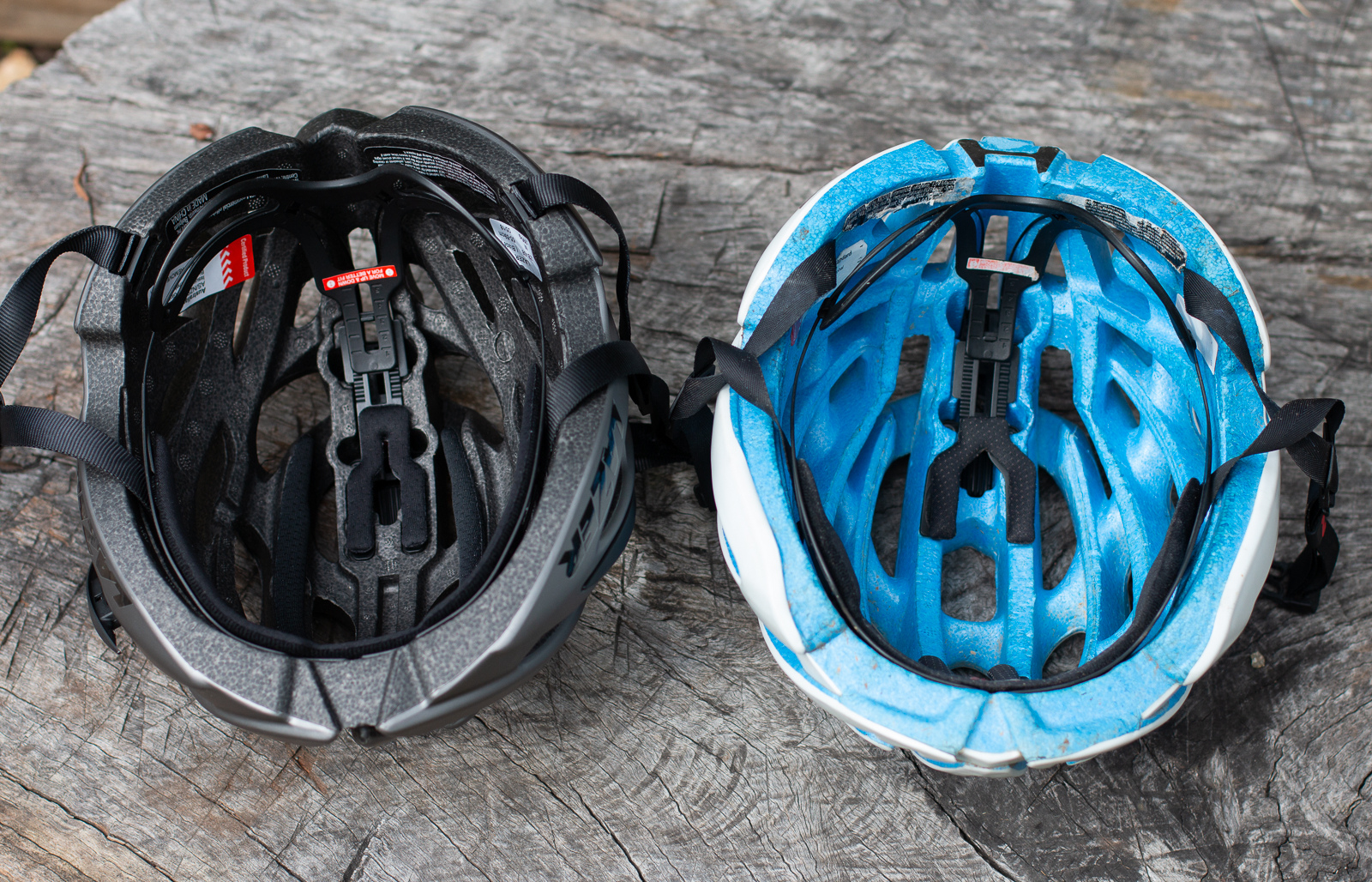
On your head, the fit is just the same. With the straps adjusted and the retention system tightened, there was no perceivable difference standing around seeing if I could sense that the helmet was worth half us much as my Lazer Z1. It just felt like fitted and shaped foam strapped to my head.
I have been using the helmet for most rides the past few weeks and my thoughts remain the same – it feels very similar to the Z1. It is stable thanks to an almost identical straps and retention fit system. My field of vision is the same as the sizing has 5 shell sizes (plus a round fit, as Lazer do tend to fit 'long'). But it's not completely the same. The Z1 does have more ventilation – but it's upto you if that is important. I live in Queensland, and although winter is around the corner, it's still in the mid 20s each day here and I'm yet to ride below 12 degrees in the morning.
The helmet pads are also different, with the Lazer Z1 using Xstatic pads which are meant to smell less. I haven't hit that point with the pads in the Lazer Blade, but I have noticed they don't wick sweat away as well, or don't hold it as well anyway. They feel very wet very quickly and also they don't dry as quickly, meaning a second ride on the same day is a bit icky, or even one the next day if it's been truly wet and sweaty and you haven't thought about drying your helmet out. Maybe I just sweat too much?
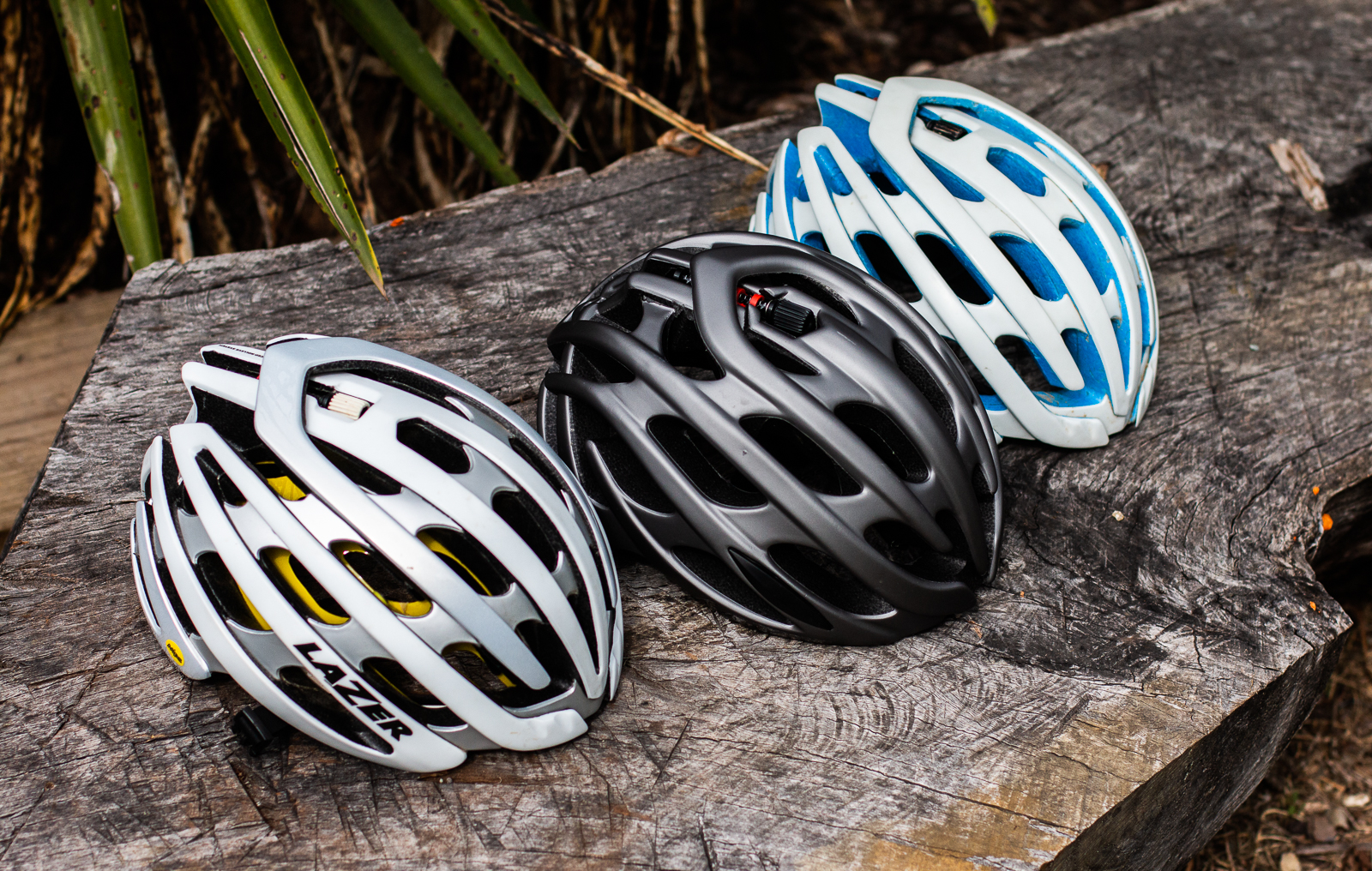
But those gripes are really minor when you can save $130 (or, the price of another Lazer Blade) and have a helmet that meets the exact same safety standards. Is the Lazer Z1 safer? Well it could offer a tiny bit more protection around the temples where there is more protection – especially in a crash with repeated impacts. But helmets tests don't test that, which is one of the bug bears for independant tests on helmet safety claims.
The Lazer Z1 is a performance-based helmet, where small gains in comfort (like pads that wick sweat and dry better) and cooling make a big difference when being used. If that's worth the extra cost for you, the option is there. If not, you've got the majority of the performance with the Lazer Blade.
Some manufacturers drop shell size options, vent count, or retention system quality to meet important price points (sub $150 is a good price point for most helmet sales in bike shops). Lazer haven't done any of this, and instead they have a helmet that suits the needs of many, without needing to question the cost of safety.
If you think a Lazer Blade might be for you, don't Google prices, find your local dealer and go try one on. A helmet isn't safe if it doesn't fit well. And it doesn't have to cost the earth to do that.



